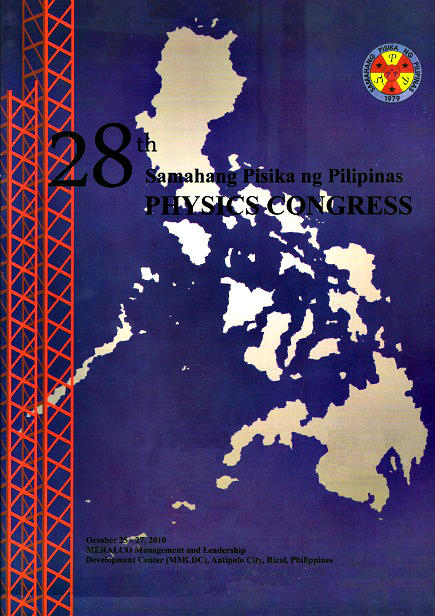Growth mechanism and cluster formation of urban and other non-mobile systems via power-law sequential adsorption
Abstract
We propose a simple model based on non-overlapping power-law sequential adsorption of urban-related pattern formation. Lattice sites are randomly considered (uniform probability) one at a time for its sticking viability. The probability that a particle will occupy a nonoccupied lattice site is 1/Dα where D is the distance of that particle with respect to the nearest particle settled on the lattice and the exponent α controls the sticking dependency of the wandering particles with the once already stuck on the lattice. Once a particle is settled, it will no longer move. The model, capturing both qualitative and quantitative description of urban growth system, may also be generalized to represent dynamics of non-mobile systems that may be highly- or weakly-dependent on neighbors.
Downloads
Issue
Strengthening physics research and education for a brighter tomorrow
25-27 October 2010, MERALCO Management and Leadership Development Center, Antipolo City











